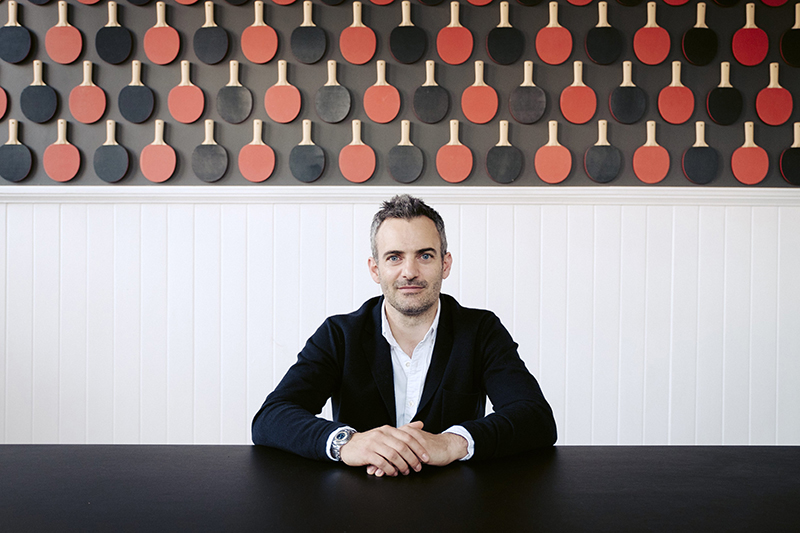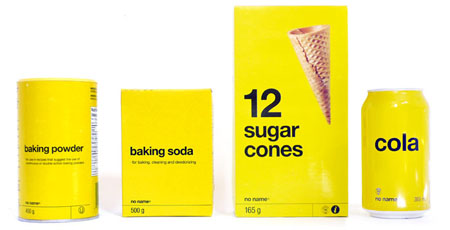If they want to stand out from the competition, brands should care about what customers actually think about them, writes Rory Hamilton.
How many brands do you care about? Maybe care is too strong a word, but how many brands do you even have an opinion about? I’ve been thinking about this for a while, and in my case, the number is far lower than I thought. I care about brands that are in my interest groups. The usual stuff like clothes, tech, trainers and cars. I also care about my client’s brands – it’s amazing how hearing the passion of a brand manager and, I’ll happily admit being paid for the privilege, can open your heart to a brand. But standing in a supermarket, at the crucial point of purchase, how many brands affect your purchasing decision?
Yellow Pack
When I was a kid (insert Scooby-Do style wobbly screen transition, to the halcyon days of my youth) Yellow Pack was in its infancy. I wasn’t a fan. Whenever my mum tried to replace any brand with its yellow pack equivalent, a quiet war was waged. I didn’t like how Yellow Pack tasted and I didn’t like what it said, but more importantly I knew what I was losing when my favourite brands were replaced. To me, Weetabix “Ruled Ok?” we all “Adore-ad Kiora” and if I was “Gonna have a cuppa” I’d have a Club Milk.
These were brands that I understood, some of which I actually cared about. I didn’t want some boring generic yellow replacements standing on the kitchen table, I wanted the real thing. It didn’t matter how many times I was told that it was made in the same factory, or that it tasted identical, its marketing had worked. I wasn’t alone, Yellow pack eventually went the way of Dingo Jeans and Lolo-balls, consigned to the dusty recesses of our memories.
“Whenever my mum tried to replace any brand with its yellow pack equivalent, a quiet war was waged. I didn’t like how Yellow Pack tasted and I didn’t like what it said, but more importantly I knew what I was losing when my favourite brands were replaced.”
This is “own brand’s” second coming and, having learned from the mistakes of the past, it seems to be taking over. Helped by the growth of Aldi and Lidl, supermarkets are upping their own brand game. Quality has improved massively, catching and occasionally surpassing its more famous equivalents. It has vastly improved in terms of packaging design too, looking better in your trolley and more importantly on your kitchen table. It tackles all the rational problems of its predecessors leaving brands relying more heavily than ever on their brand power. So, what are these big brand’s doing?
Not enough. Not nearly enough. Never has their future been in greater jeopardy. In lots of ways their hands are tied, so much budget has to go to simply getting on-shelf and to aggressive price-promotions that keep them there, that there is little left to give me any reason to choose them. It’s a vicious circle. Under-invest in marketing to get on shelf, then leave little reason to pick them off it. But longer term, what’s the solution?
This cycle has to be broken. New product development can obviously help. Finding a way of staying ahead of the competition is crucial, but how long before that development gets copied? How long before brands realise that they have to invest in the only thing that can differentiate them long-term?
Standing in the supermarket, I don’t know what most brands are telling me anymore. So when they are replaced by cheaper alternatives, I don’t know what I’m losing.
Nowhere is the power of brand more obvious, than with bottled water. On holiday in France last year I stood in the water aisle of a MegaMarket and realised that, in the category with the least product differentiation, I was willing to pay more for water whose brand I cared about. I knew that Evian wanted me to “Live Young” and that Volvic want me to be like a Volcano, or to save the Volcanoes, or to drink from a Volcano? Whatever. As stupid as it sounds, it was enough to make me choose it. I cared enough to pay more for the baby Volcano water than the stuff that I had never heard of, purely because of the power of the brand.
Back home my kids don’t bemoan the loss of real Weetabix on the table in the morning because the Weetabix brand means nothing to them. Too few brands do. Which means that they won’t object when we switch to an own brand. I should be pleased, but it leaves me a little sad. Instead I’ll make brands part of their education. I’m off to find a Supermarket that stocks UM Bongo, because of course, “they drink it in the Congo”.
Rory Hamilton is partner and executive creative director with Boys and Girls
First published in Irish Marketing Journal (IMJ January 2018)© to order back issues please call 016611660






















